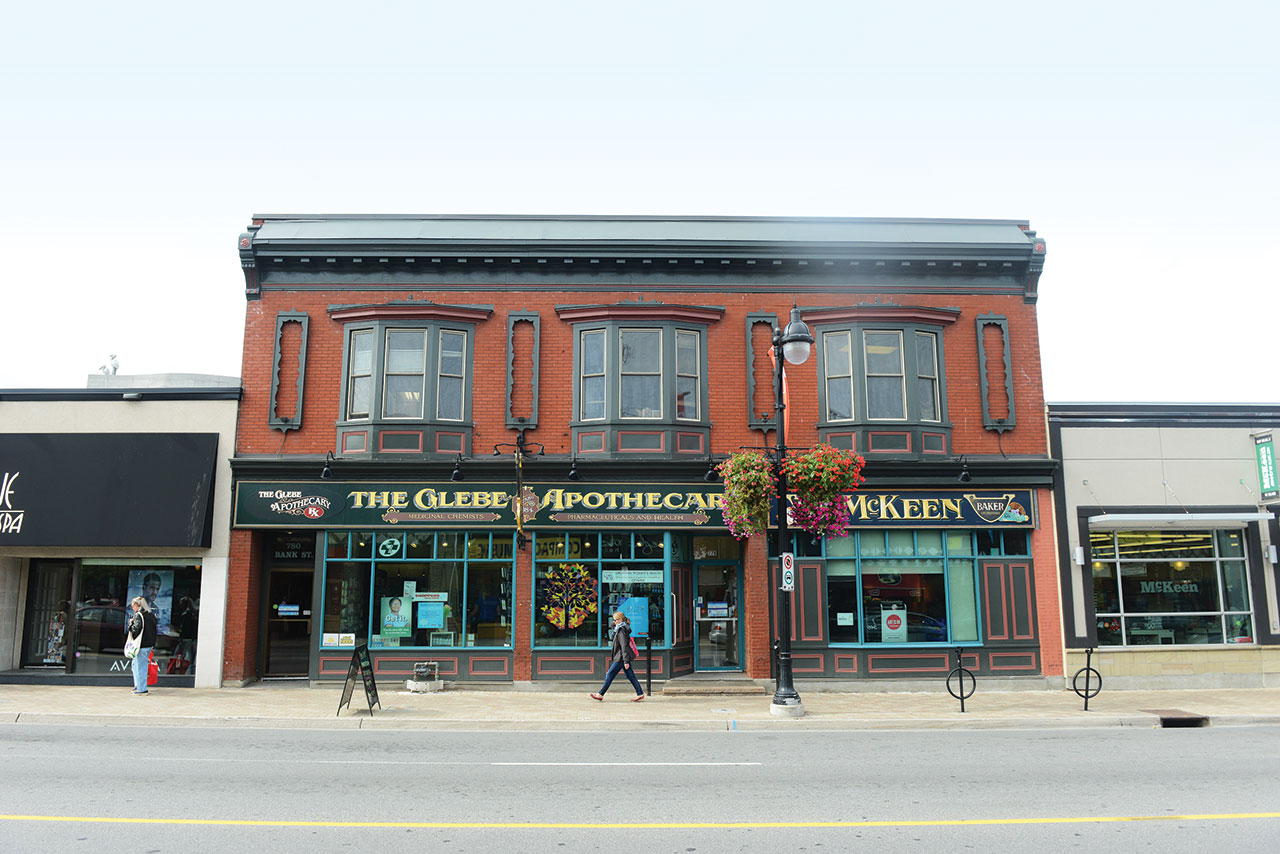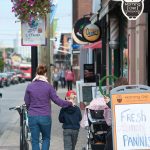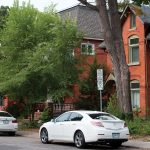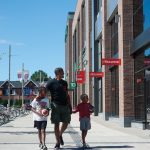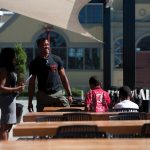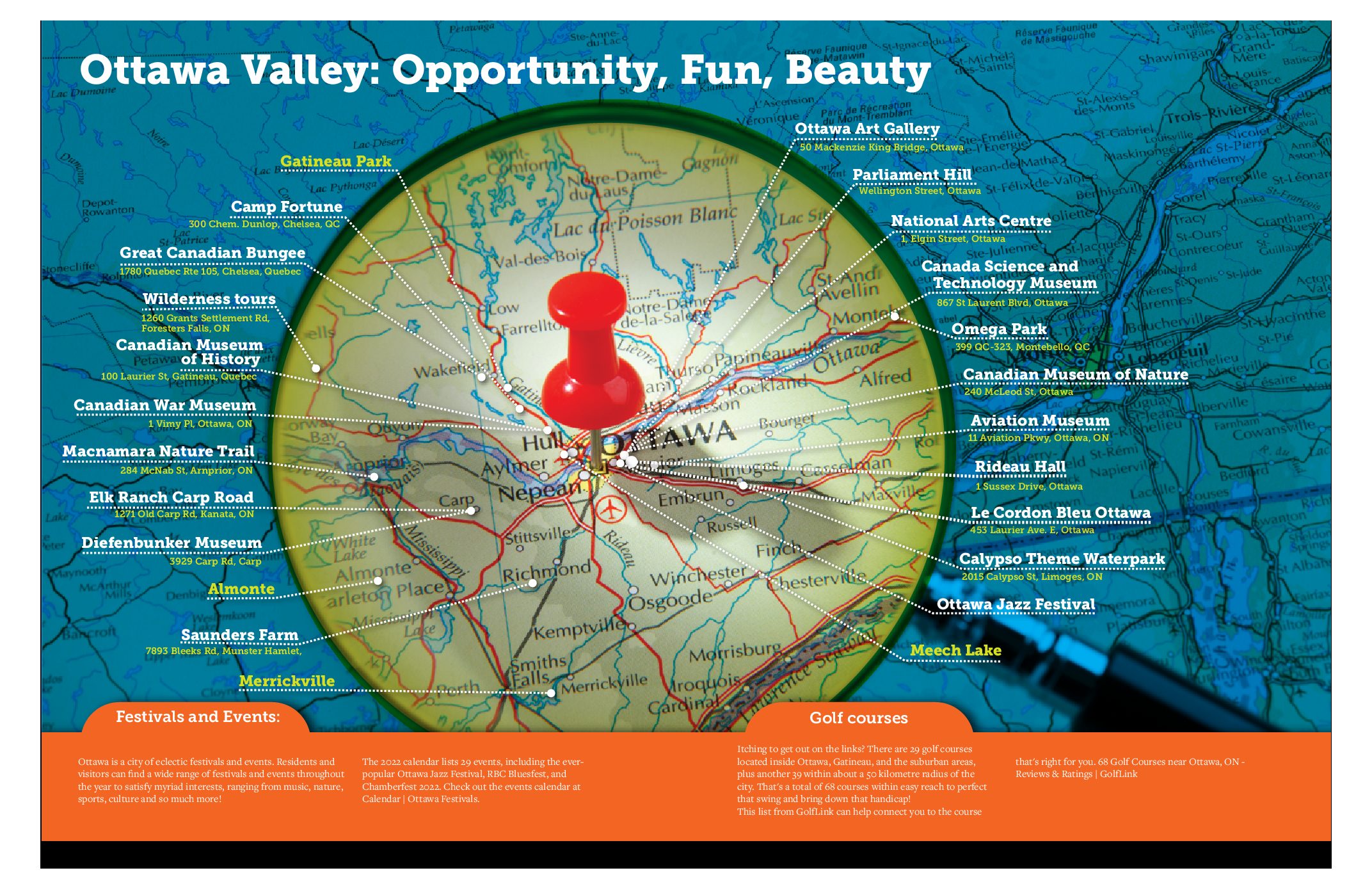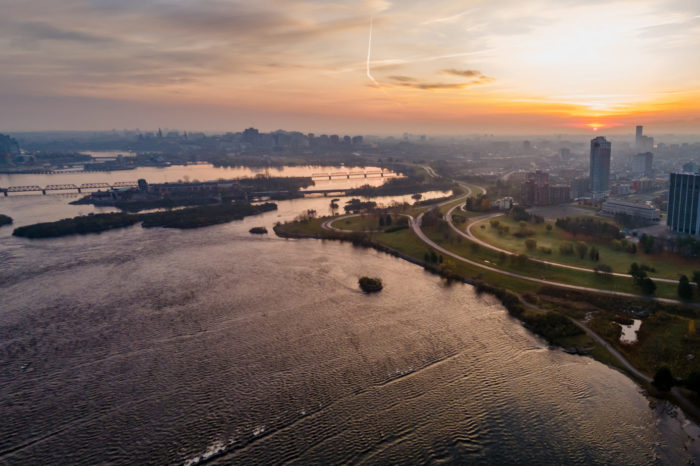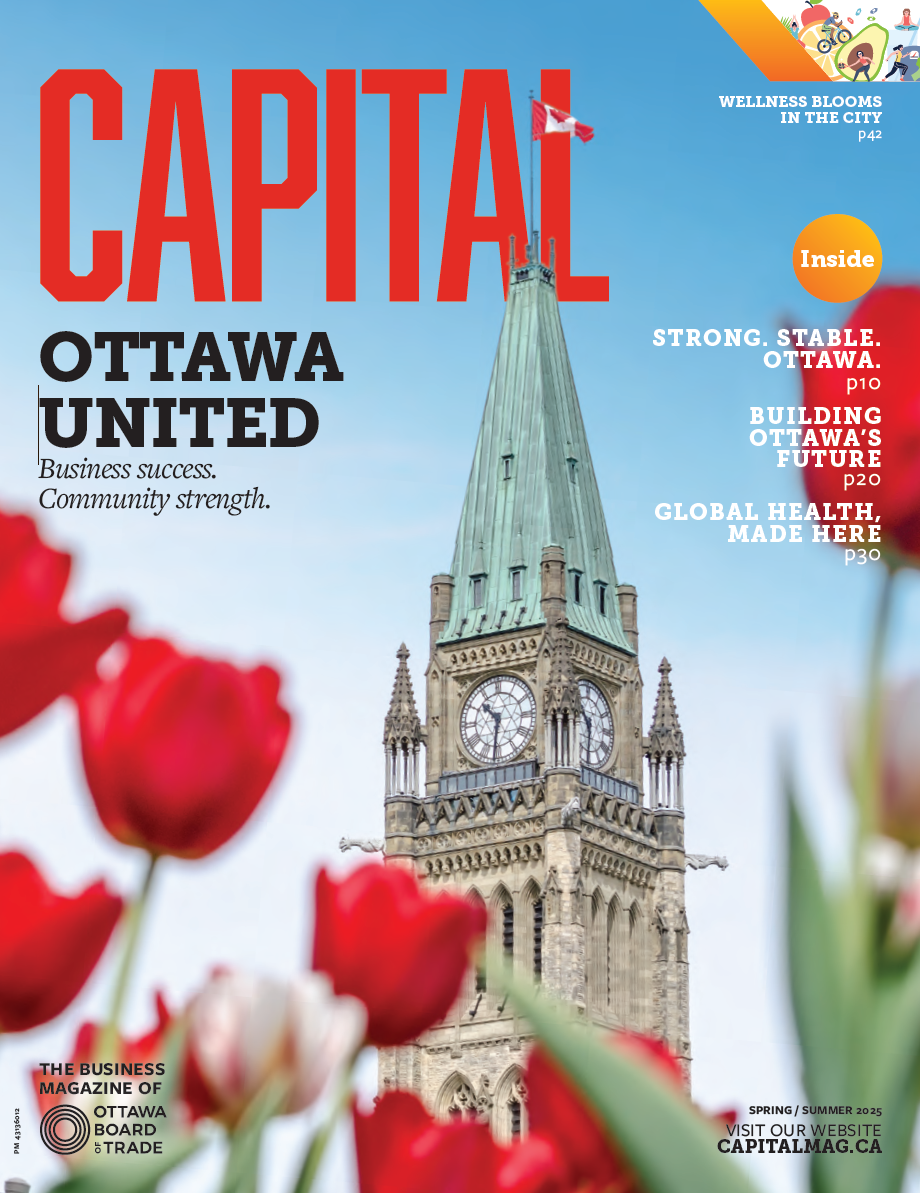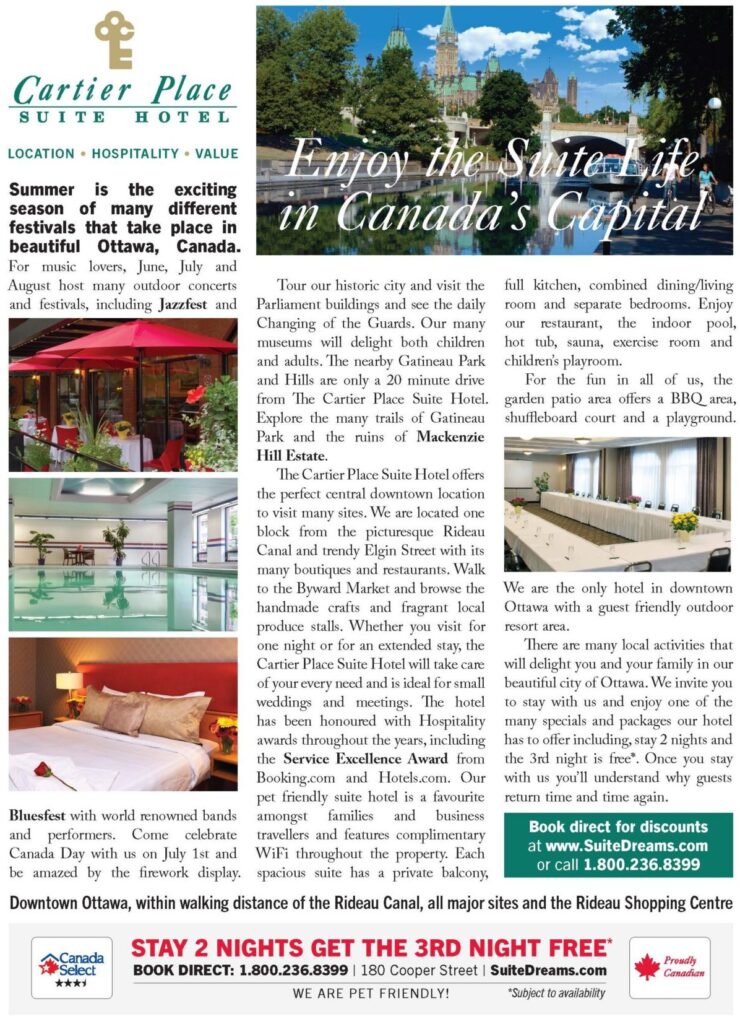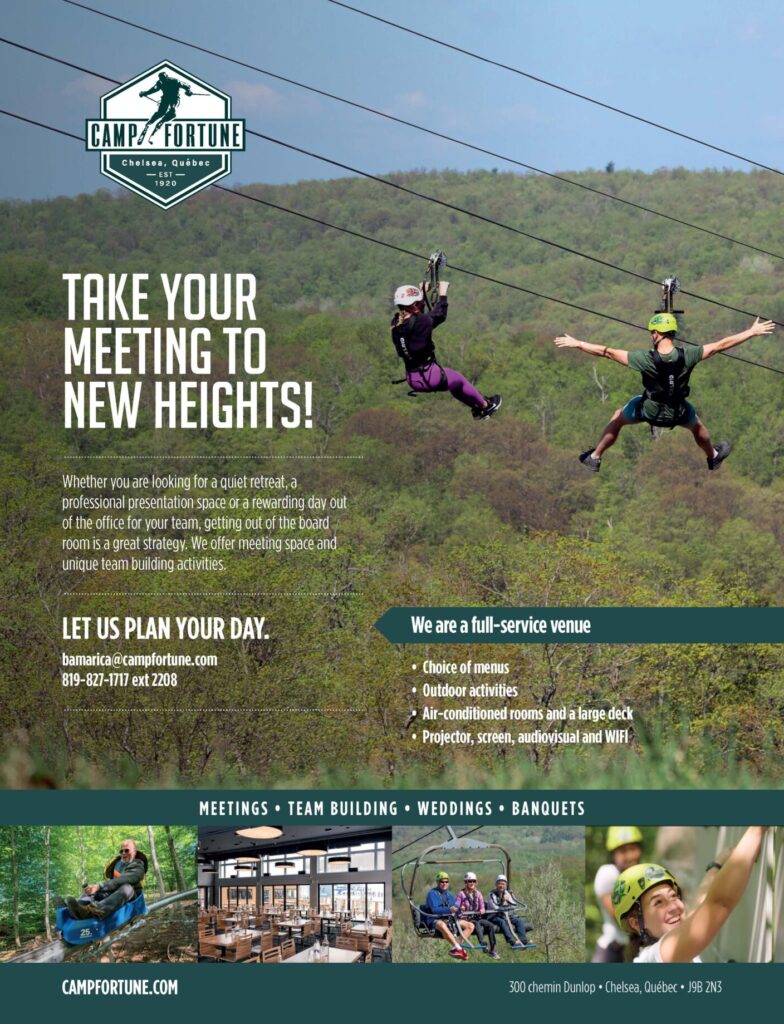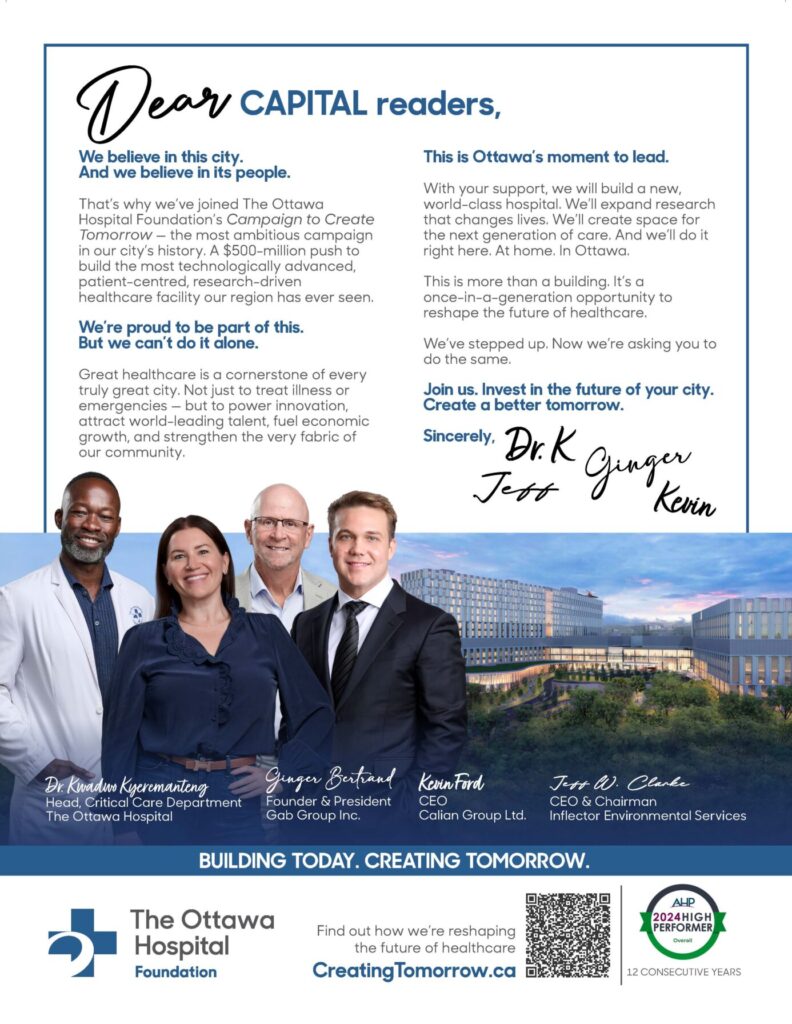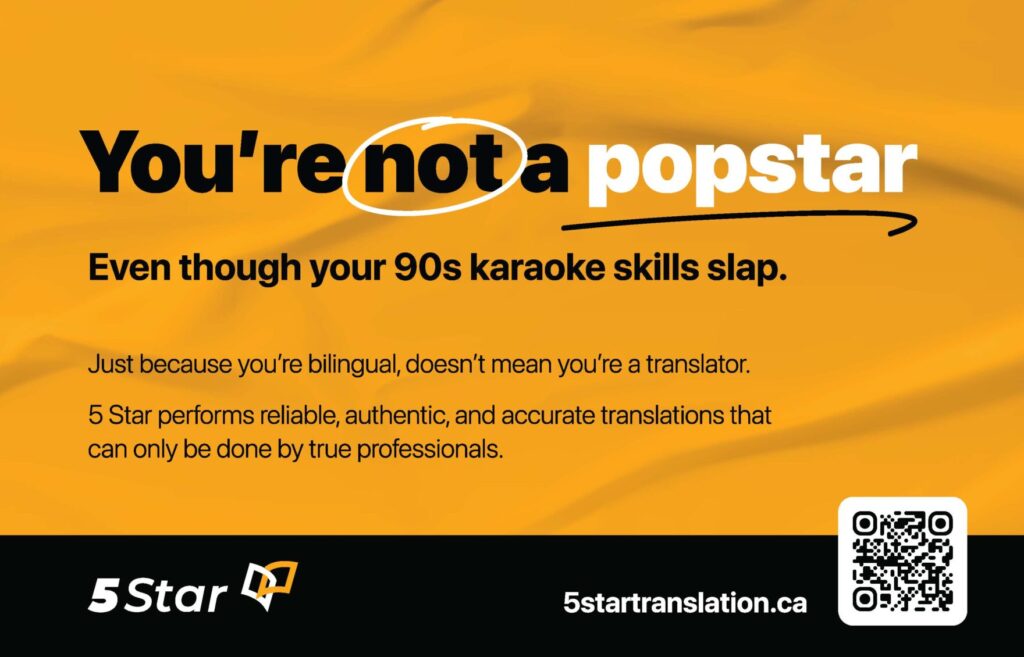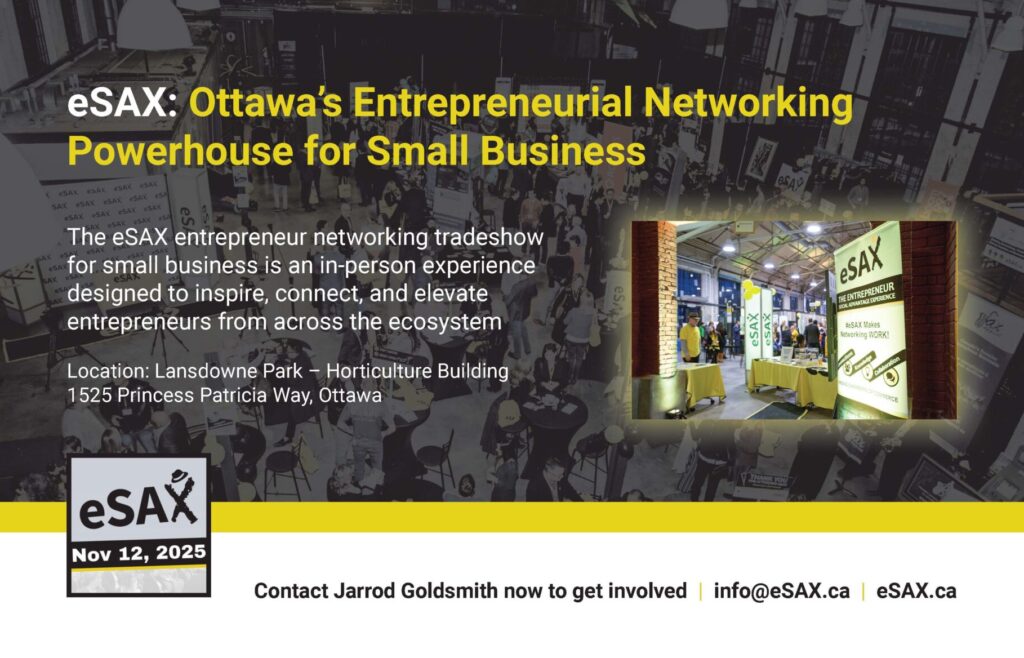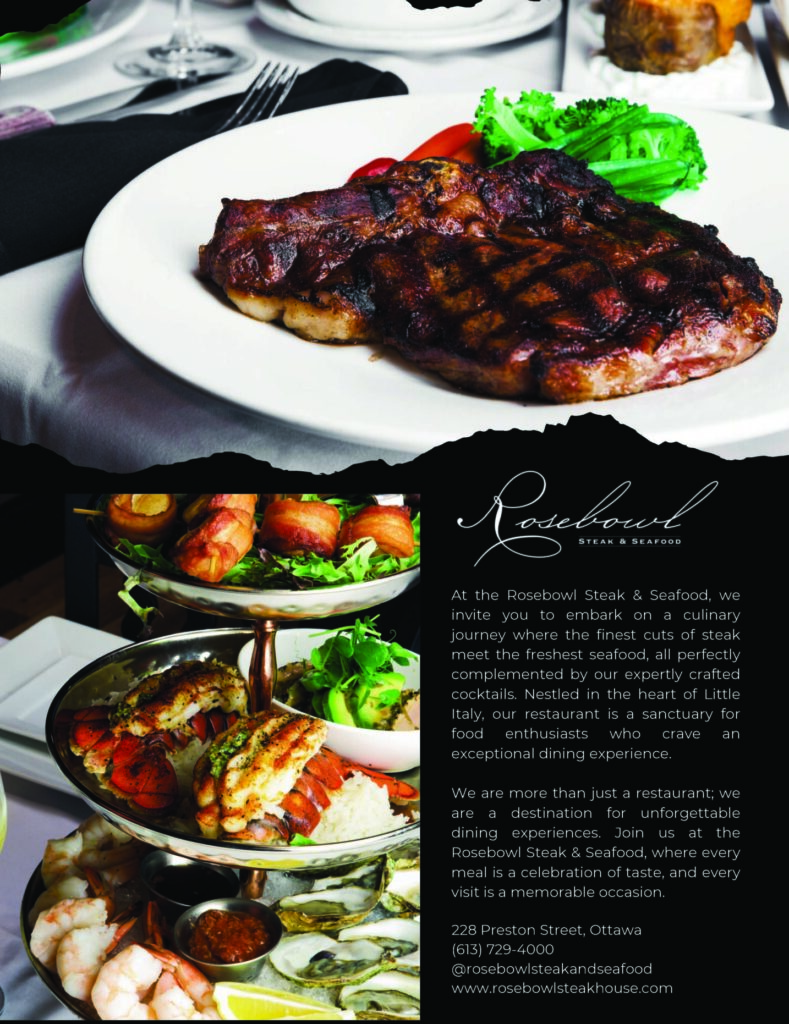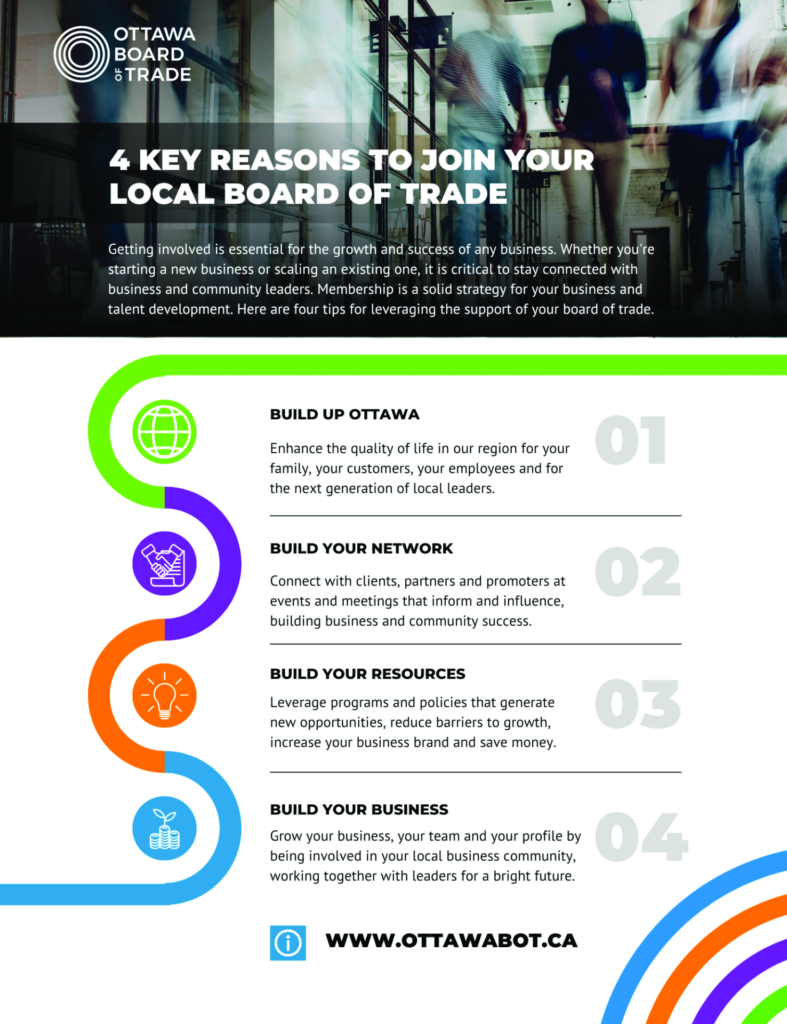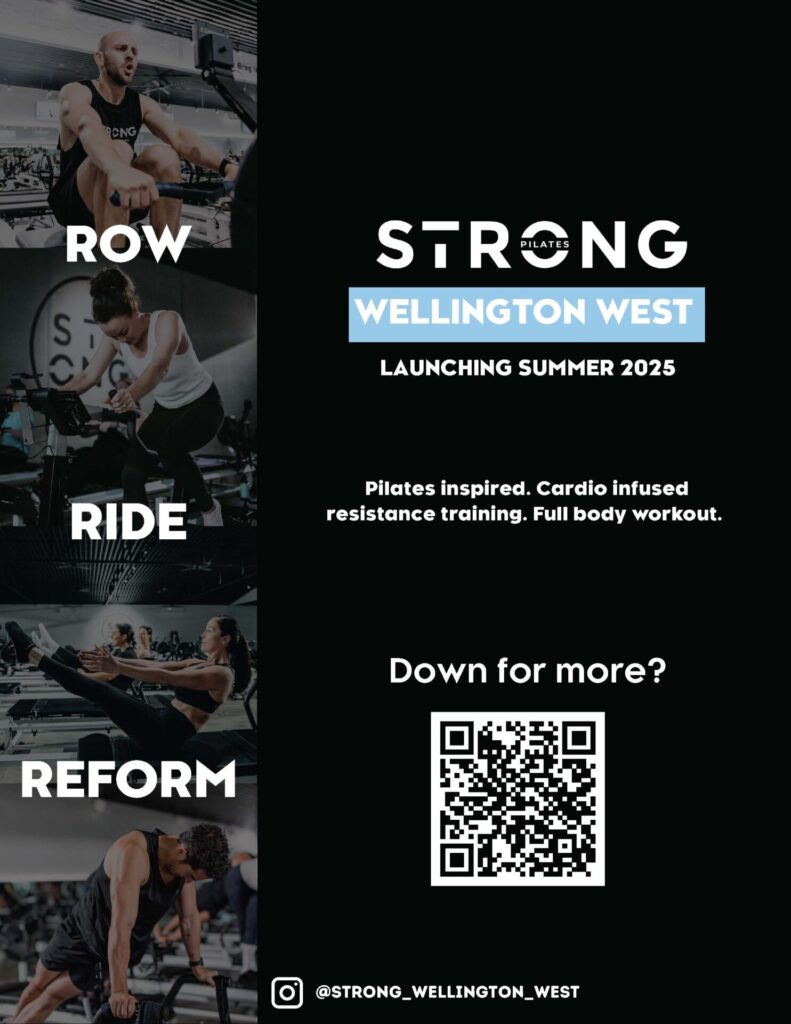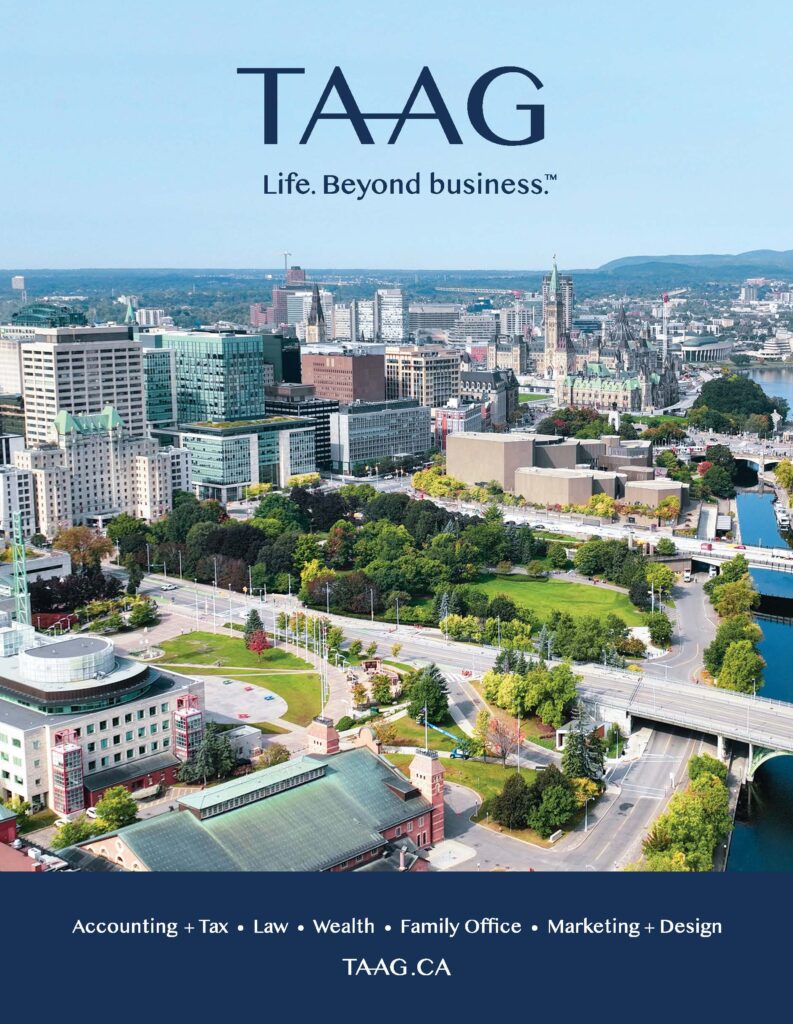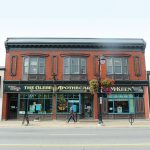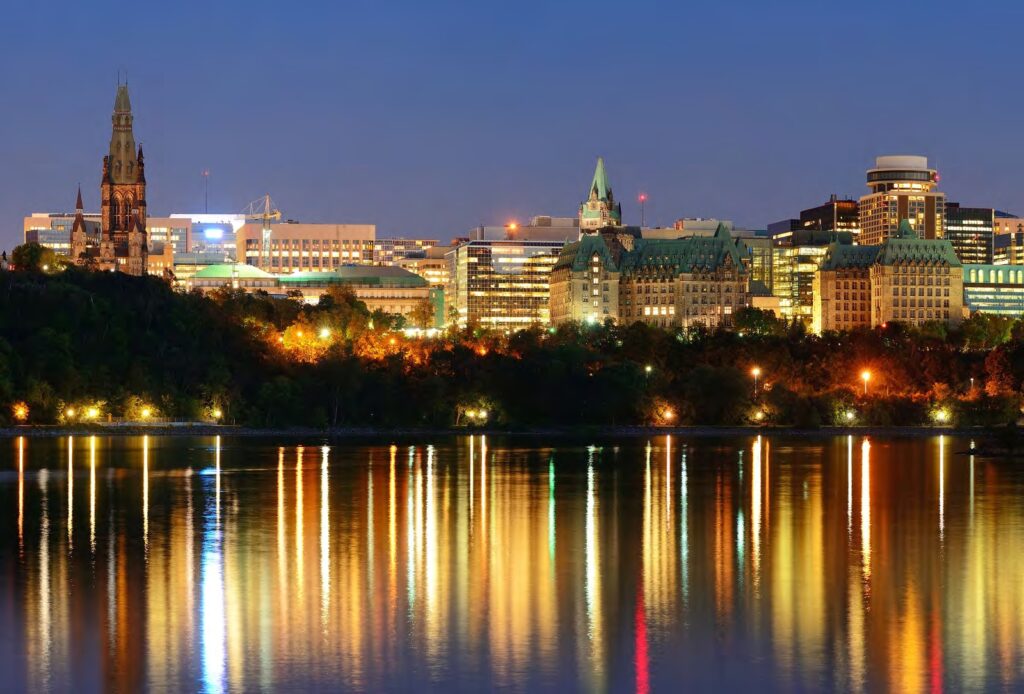Building the Capital: Ottawa’s People Magnet
How the Glebe maintains its charm and business appeal as it ages
By Emily Mathisen
The Glebe offers a rare combination of walkability, community activity, and civic engagement, making it one of the most desirable places to live in Ottawa. And it shows no signs of stagnation, despite being one of Ottawa’s oldest residential communities.
It’s also one of the city’s most beautiful. As Andrew Peck, executive director of the Glebe Business Improvement Association (BIA), points out: “We’re surrounded by a UNESCO World Heritage site with the Rideau Canal.” It is centrally located between two sizable universities—Carleton University and the University of Ottawa—so the neighbourhood appeals to families and also attracts a healthy number of students, two market segments that support different types of businesses. In fact, the Glebe BIA represents some 370 businesses in the community, which draw customers from across the city.
How has the Glebe, as a principally residential community, managed to retain its charm while attracting new business?
“There’s a new and old feel that really is great here,” says Andrew Milne, who runs his digital creative agency, bv02, out of the Glebe.
“There’s a new and old feel that really is great here,” says Andrew Milne, who runs his digital creative agency, bv02, out of the Glebe.
The mix of street-front businesses along Bank, the Glebe’s traditional high street, is vibrant: You’ll see large stores next to small independent restaurants and unique shops, targeting a range of customers. “We’re even seeing a clock change. Restaurants like Erling’s Variety or The Rowan have changed the area after 6:00 or 7:00 p.m.—they’ve brought a different kind of vibe. Stores like Delilah are always packed, and there’s always something interesting to buy,” offers Milne.
Milne was drawn to the Glebe for the lifestyle and community, and decided to move his business to the neighbourhood. For those in creative roles, like Milne, living and working in a dynamic environment is essential—being somewhere they can draw inspiration from. “The people we work with want to live and work somewhere interesting and accessible. A lot of our staff have actually relocated to be closer.”
And, though the Glebe is widely seen as an upscale neighbourhood with affluent homeowners, there is a healthy rental market that serves many of the area’s student residents.
“People want to be in an environment that they’re happy to work in, and where they have a balance with their personal and professional lives,” says Peck. The BIA works to maintain that attractive environment and keep the Glebe desirable, by supporting local businesses and encouraging well-paced, sustainable development. They do this is in part by regularly collecting data about the neighbourhood, to show what kind of development the area can support, and how quickly.
Major developments are not without their challenges. The recent Lansdowne Park development was completed not long after the 2011 reconstruction of Bank Street. Some local business owners have been concerned about empty storefronts on Bank, which was particularly noticeable following the reconstruction. With the increased retail space at Lansdowne, there has been a definite change to the retail landscape. But increased foot traffic from big events like the FIFA Women’s World Cup in soccer suggests that the worst might be over. And despite the lingering vacancies, dozens of new businesses have opened, including those at Lansdowne.
Lansdowne Park was designed with the intention of “building up and not out”, to increase urban density, rather than push people further away. While increased density generally does not support personal automobile use, it does reinforce the accessibility and walkability that make the Glebe so appealing. “We settled in the area on purpose”, offers Milne. “I live four blocks away from my work; my kids go to school five blocks away. People enjoy the idea of working in the Glebe. Until Lansdowne Park, it was tough to get office space.
“Now that the space is developed, hopefully that will help the neighbourhood attract other businesses,” says Milne. “The second story of every building should have a business like mine.”
Emily Mathisen is a Carleton University graduate with experience in writing and editing.
Lift-Off at Lansdowne Park
Lansdowne Park, the Glebe’s most ambitious redevelopment effort and the home of the Ottawa Redblacks, launched last year. While enthusiasm for the construction was not universal, it’s hard to deny Ottawa’s renewed passion for football since the Redblacks inaugural season in 2014–15. Even Henry Burris, the veteran quarterback signed by the Redblacks in February 2014, was drawn by the excitement surrounding the new team.
“The opportunity to be a part of something fresh and new was something that my family and I just couldn’t turn down,” Burris told the media at his first press conference after joining the team. “We had to be a part of this. This is an opportunity of a lifetime to leave your fingerprints, your footprint on a growing organization that will be around for years and years to come.”
As anticipation builds for the Grey Cup—which Ottawa will host at TD Place in 2017—it’s easy to get caught up in the buzz. The Ottawa Sports and Entertainment Group (OSEG) expects the game to generate $100 million in economic activity. To accommodate more fans, an additional 10,000 seats will be added.But while football might be Lansdowne’s biggest draw, it’s not the only thing on offer.
“You can go there and be around thousands of people doing different things in the same place at the same time,” observes Andrew Peck of the Glebe BIA. “We’re very lucky.”
With 360,000 square feet of commercial space alongside green space and major sports venues, there’s something for everyone. Despite some initial challenges—notably complaints around parking, traffic congestion, and noise—things are taking off.
“We’re really pleased with the way the site is developing and maturing,” says Bernie Ashe, chief executive officer of OSEG, which played a key role in the redevelopment. “We’ve only been open one full year now, as a site where people live, and where there are stores and restaurants, where the heritage buildings are being used.” This first year, they expect to attract about 3 million visitors to the site.
“We have lots to get better at, but we’re off to a good start.”
Efforts are underway to keep the site busy all the time, not just on game days. Among other things, the site hosts a farmer’s market, craft fairs, and gardening shows. In addition to the park and play structures, in the winter, there’s a toboggan hill and a maintained ice surface, even for those who wouldn’t dream of playing for the Ottawa 67’s. Music events like the CityFolk festival have also been a draw, and have generated benefits beyond the complex—Marvest, which is an offshoot of CityFolk, stations performers at venues all along Bank Street.
More than a century ago, the fairgrounds that now host the development were so popular that an electric streetcar was built down Bank; this proved critical in making Bank such a lively high street. Today, OSEG has worked with OC Transpo to improve transportation to Lansdowne Park by offering a shuttle service and free rides for event ticketholders on game days.
“At Redblacks games, about 55 percent of the 24,000 people at a game are taking public transit or shuttles,” says Ashe.
